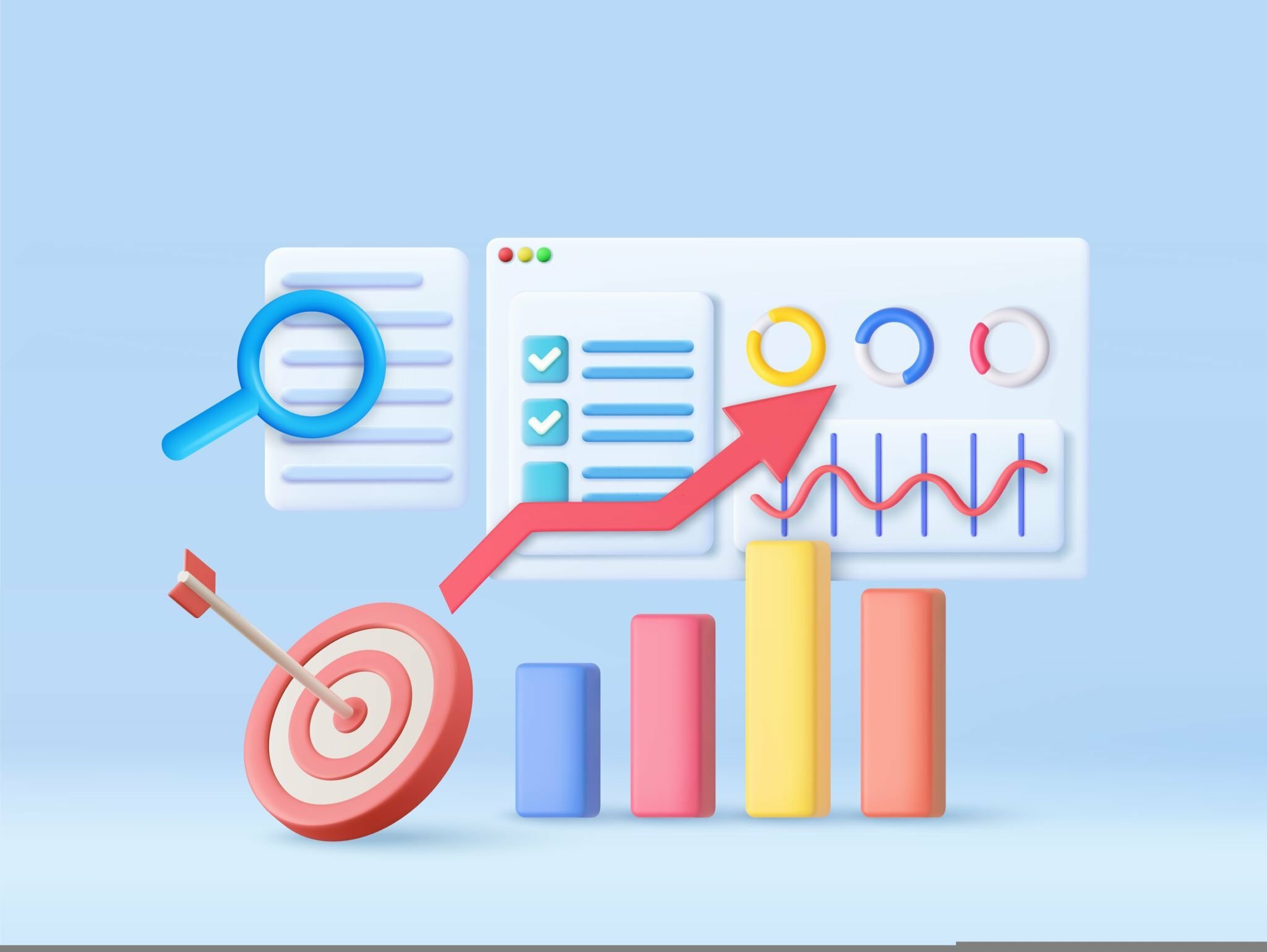Digital and social media marketers must understand how to measure social media ROI (the return on investment) on each digital platform. It reveals the monetary worth of your social media efforts in various currencies, allowing you to invest more heavily in successful strategies while cutting back on wasteful ones.
With the advent of posts that can be sold and social trading, social media has grown into an even more integral aspect of any marketing strategy to boost brand exposure and return on investment.
The purpose of this article is to help you increase the value of your investments in social media by examining how to assess return on investment (ROI) and providing key metrics to track it.
What is social media ROI?
You can measure the return on investment (ROI) from your social media marketing activities quantitatively, and this is what the term ‘social media ROI’ means. It provides the answer to the query, “Is the time and money invested in social media generating tangible results?” In order to get an accurate measurement of ROI, you must focus on the important measures that accurately reflect your aims and priorities.
Why is it important?
There are many reasons why measuring the return on investment through social media is so important:
Allocation of Resources: It’s a tool for efficient resource management. Finding out which social media platforms and approaches work best will help you better manage resources.
Judging the Work of Others: You can see how successful your campaigns have been. Do you see any uptick in leads, sales, or brand recognition as a result of your efforts? Answers can be found in ROI metrics.
Improvements In perpetuity: You can improve your tactics over time by monitoring return on investment measures. Take what works, make it even better, and discard the rest.
7 Important Social Media Metrics to Track the ROI
Conversion Rate
A key indicator of profitability is the rate of conversion. It tracks how many users on social media actually do what you want them to, like buying, joining your mailing list, or getting in touch. The success of your initiatives in generating actual outcomes can be gauged by keeping tabs on conversion rates.
Click-Through Rate (CTR)
The click-through rate (CTR) is the proportion of people who followed your social media post’s call to action (CTA). Your material is more compelling and engaging if the CTR is high. In order to fine-tune your content strategy, tracking CTR is essential.
Pay-per-click (PPC) and cost-per-action (CPA) models.
Metrics like cost per click and cost per acquisition show how effectively your advertising dollars are being used. A lower cost per click (CPC) and cost per acquisition (CPA) means a higher return on investment (ROI).
Engagement Metrics
All of these actions are considered engagement metrics. Increased brand awareness and credibility can result from high levels of audience involvement.
Long-Term Value to a Company (LTV)
A customer’s lifetime value (CLV) is the sum of all their future purchases from your company. Recognizing CLV is important for defending long-term social media expenditures that aid in client retention.
Social media traffic
Determine how much of your website’s traffic comes from various social media channels. Measurements such as visitors’ average time on site and the number of pages per session might provide insight into the quality of this traffic.
Return on Ad Spend (ROAS)
Businesses with active paid social media advertising campaigns use the ROAS metric to assess the success of their operations. A higher ROAS indicates a successful campaign.
What are the metrics for brand equity?
While ROI metrics are vital, it’s essential to recognize the intangible benefits of a strong social media presence. Social media can contribute to brand equity by:
Brand Awareness
This metric evaluates the extent to which consumers are familiar with and recognize your brand. It includes measures like aided and unaided brand recall, brand recognition, and top-of-mind awareness.
Brand Association
Assessing what attributes, values, or qualities are associated with your brand Are these associations positive, negative, or neutral? Tools like brand attribute maps can help visualize these associations.
Brand Loyalty
Examining the level of customer loyalty and commitment to your brand can be measured through metrics such as customer retention rates, repeat purchase behavior, and Net Promoter Score (NPS).
Brand Perception
Understanding how customers view your brand in terms of relevance, quality, and credibility Survey results and consumer opinions can shed light on how people perceive a brand.
Market Share
Analyzing your brand’s market share and its growth or decline over time A strong brand often correlates with a larger market share.
Brand Valuation
Determining the financial value of your brand is often calculated through methodologies like the Interbrand or BrandZ ranking reports. This can help assess the brand’s contribution to the company’s overall value.
Brand Equity Index
Developing an index that incorporates different indicators and gives a final brand performance and health score This could be a brand-specific, customized metric.
5 Best Social Media ROI Measurement Tools
You can keep track of and look at your social media ROI with a number of tools and sites. To help you figure out your social media ROI, here are some of the best sites and tools:
Google Analytics
Google Analytics is a complete web analytics tool that lets you keep track of the visitors and sales your social media outlets bring in. To figure out how social media affects results, you can set goals, keep track of link traffic, and look at how people use your website.
Pinterest Analytics
Pinterest’s analytics tools help you track the performance of your pins and boards. You can see which pins drive traffic to your website and measure engagement.
Sprout Social
Sprout Social is a social media management and analytics platform that offers in-depth reporting and social media ROI tracking. It allows you to measure the impact of your social media campaigns on website traffic and conversions.
Hootsuite
Hootsuite is another well-known social media control tool that lets you do analytics and reports. It gives you information about how engaged your audience is and how well your social media content is doing.
HubSpot
HubSpot is a marketing automation tool that has social media analytics built in. Along with other marketing activities, it lets you keep track of social media leads, conversions, and return on investment (ROI).
The End
As a business owner or marketing manager, one of your primary objectives is to position your brand as a frontrunner in terms of consumer recognition, preference, and market share. You can use the information above to improve your social media tactics and resource management.

